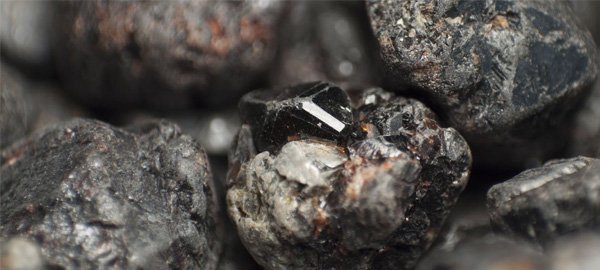Tin is a soft metal with a low melting temperature that has been used throughout history, usually by adding it to other metals. Adding tin to copper in carefully controlled amounts results in bronze. By about 3000 BCE, bronze tools and weapons had begun to be made on a wider scale across the Aegean and what is now the Middle East. Over the course of history, metallurgical knowledge would proliferate across civilizations from Thailand to Africa. Nowadays, tin is mostly associated with cans, but as an ingredient in bronze, it has had quite an impact on human history.
Key Takeaways:
- Not all cans used to store food contain tin but people associate them with tin because that was what was used at the initial stage.
- Tin with atomic number 50 on the periodic table and with the symbol Sn doesn’t seem like something to be useful for anything at first sight.
- The author became interested in bronze during his undergraduate years and has continued that interest in his professional life while in Thailand.
“Somehow, humans discovered that adding controlled amounts of tin to copper produced a splendid, golden-yellow alloy we call bronze.”
Read more: https://theconversation.com/from-the-bronze-age-to-food-cans-heres-how-tin-changed-humanity-114195




